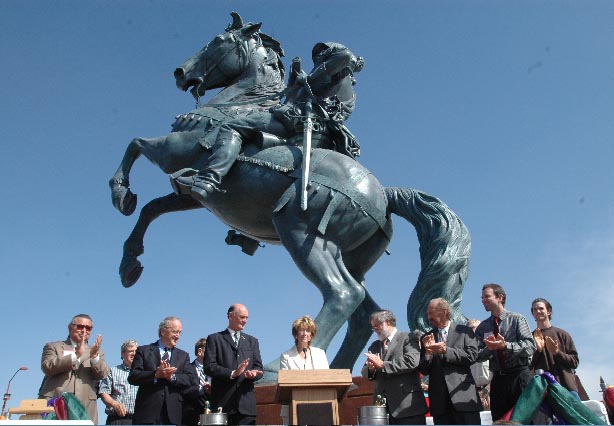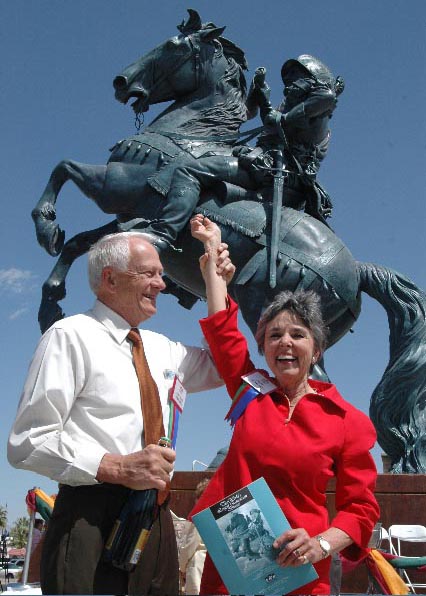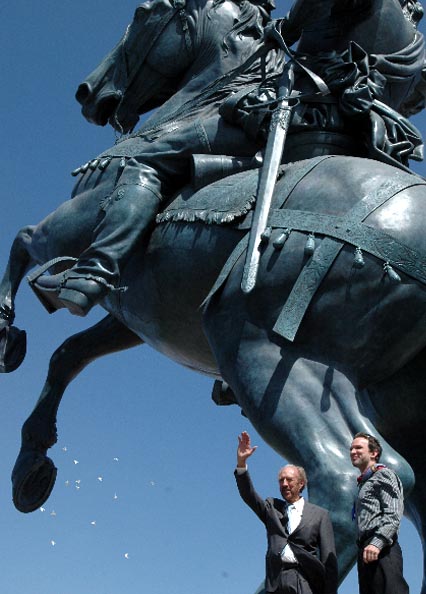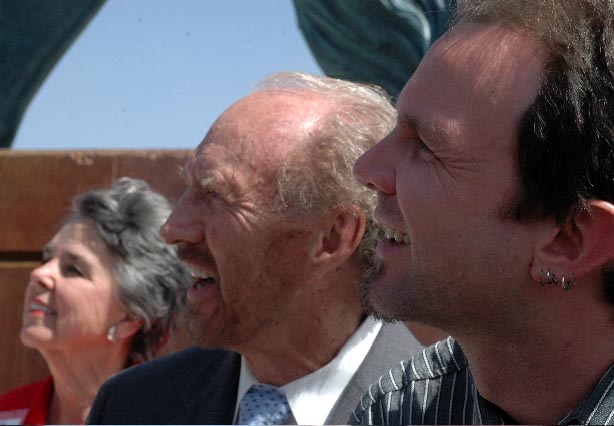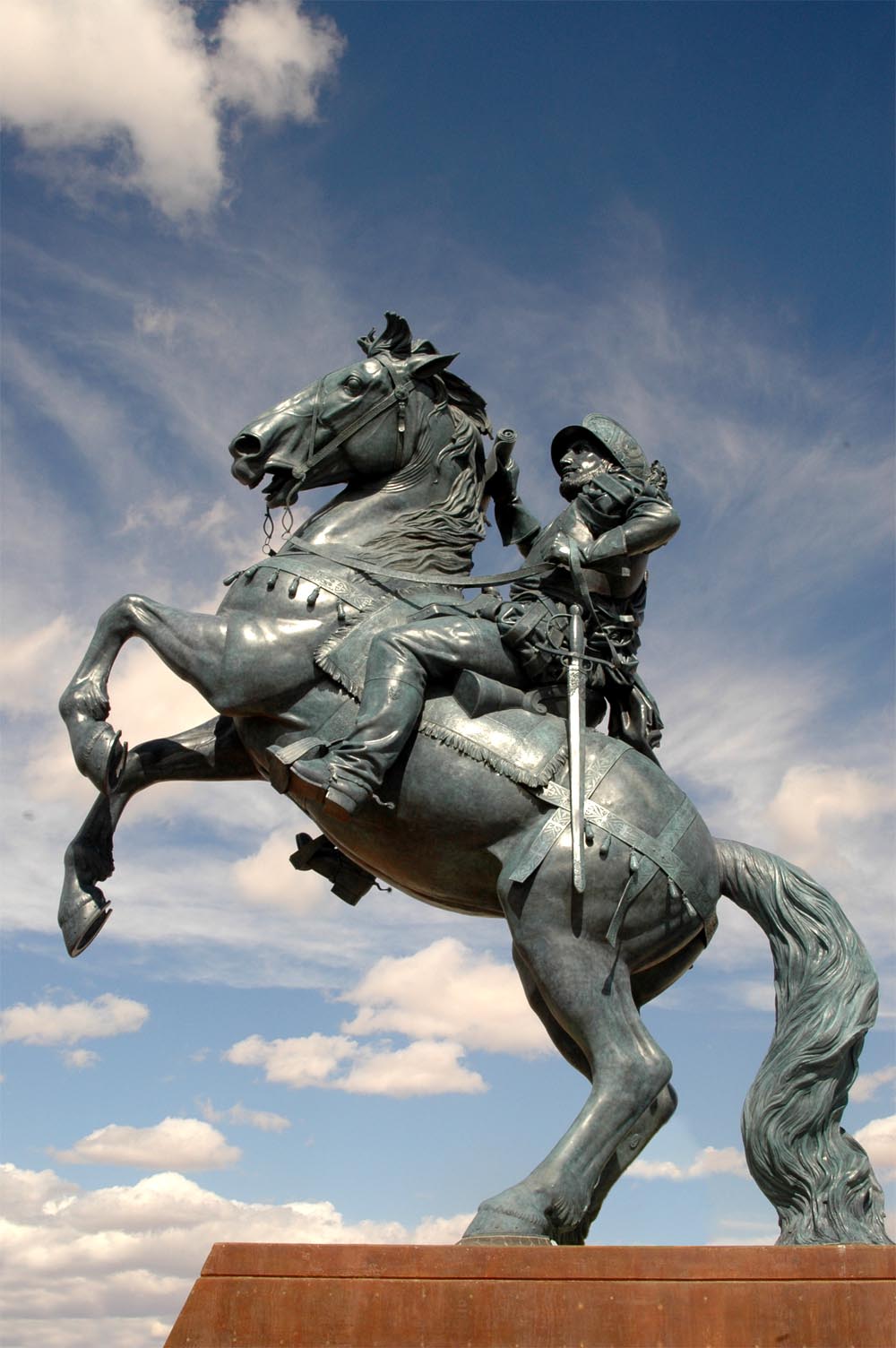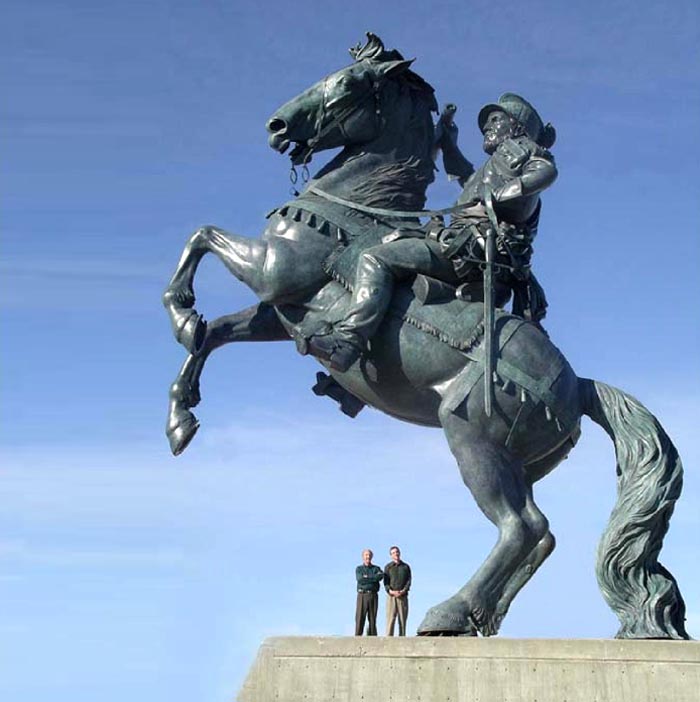The Equestrian
Description
Some of the contributions of these first Hispanic pioneers and subsequent expeditions to North America are the introduction of the Spanish language, Christianity, European musical instruments, farming and mining equipment, spices, cookware, fruit tree cuttings, seeds and domestic animals, that included cattle, pigs, and goats. Most dramatic historically among the livestock introduced on the Oñate expedition was the horse – war horses and mares --which became so culturally vital to Native Americans in subsequent years.
The expedition consisted of dozens of families, 10 Franciscan missionaries, servants and 129 soldiers – a three mile long caravan that included thousands of livestock and more than 100 rumbling carts. This epic colonization expedition included Mestizos from Mexico as well as Mexican Indians and Africans to the American Southwest. Oñate and his family had a culturally diverse background. He was Basque with Jewish ancestry and his wife was the great-granddaughter of Montezuma and the granddaughter of Cortez. Oñate founded the Camino Real (Royal Highway), which was a vital artery of communication, supplies and trade between southern Chihuahua, Mexico and Santa Fe, New Mexico.
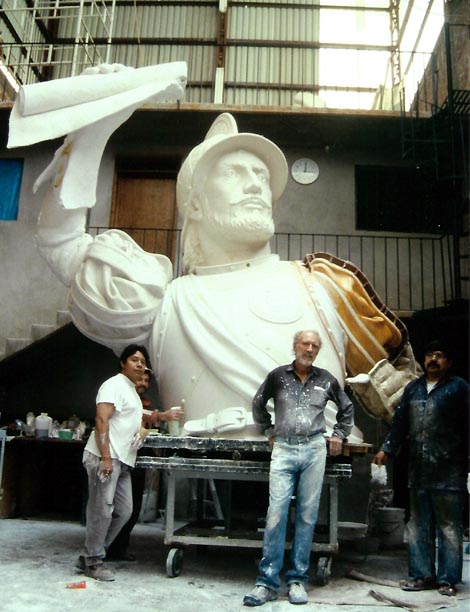
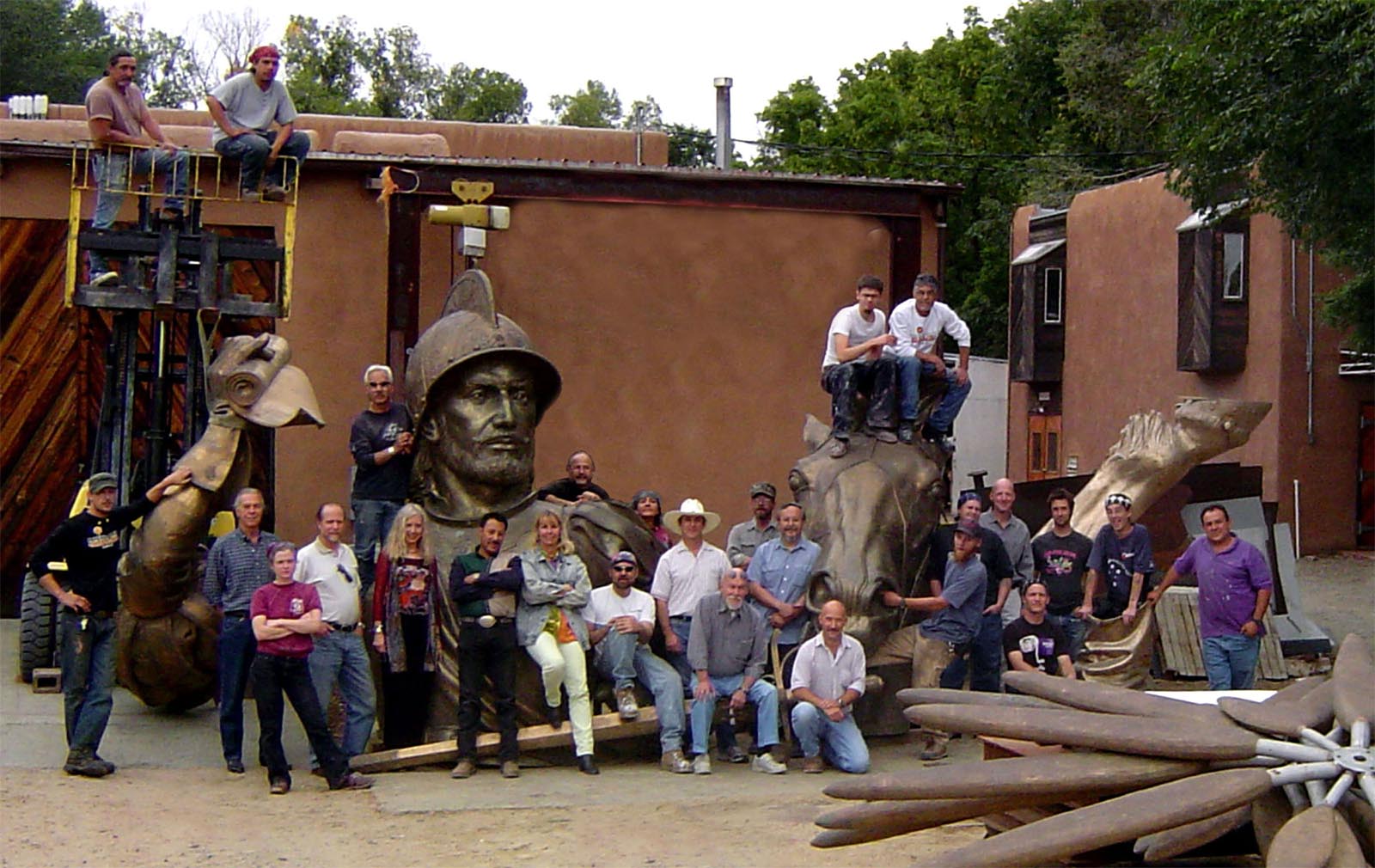
Shidoni Foundry, Tesuque, New Mexico 2005
The First Thanksgiving
The first European colonists to celebrate a feast of Thanksgiving on North American soil took place just south of El Paso in the vicinity of San Elizario, Texas on April 30, 1598. (The pilgrim's Plymouth Rock Thanksgiving took place in 1621.) The colonists had reason to celebrate after an arduous 700 mile journey, which began in the town of Santa Barbara, Chihuahua, Mexico in January, 1598. Thirst and hunger were ever present as they struggled north through the Chihuahuan desert. Reaching the Rio Grande (Rio Bravo) was cause for the great joy and thanksgiving.
On May 4, 1598, Oñate and the 500 colonists in the expedition crossed the Rio Grande at the rocky ford near Mt. Cristo Rey and UTEP, which he named El Paso del Rio del Norte – or The Pass of the River of the North. Despite the clash of cultures, Oñate formally recognized the Spanish Crown's recognition of Native American communities (especially the Pueblo Indians) as semi-autonomous within the colonial domain. In La Toma (Taking Possession), Oñate re-affirmed that Indian land and water rights were recognized and protected by the Crown. These and other contributions by the Oñate exhibition mingled with the Native American culture created the rich Mestizaje that has become the hallmark of our region.
"The Equestrian"
The Equestrian was ten years in the making. In 1992 sculptor John Houser was commissioned by the City of El Paso to create an equestrian monument of Don Juan de Oñate, Founder of the Hispanic Southwest and Camino Real in 1598 and who also gave our city its name - El Paso del Norte. It was the second monument in the XII Travelers series, which was created to commemorate the 400 plus year history of our region. In January of 1997, El Paso City Council approved the Oñate maquette (model). In November of 2003, because of controversy, the name was changed to "The Equestrian".
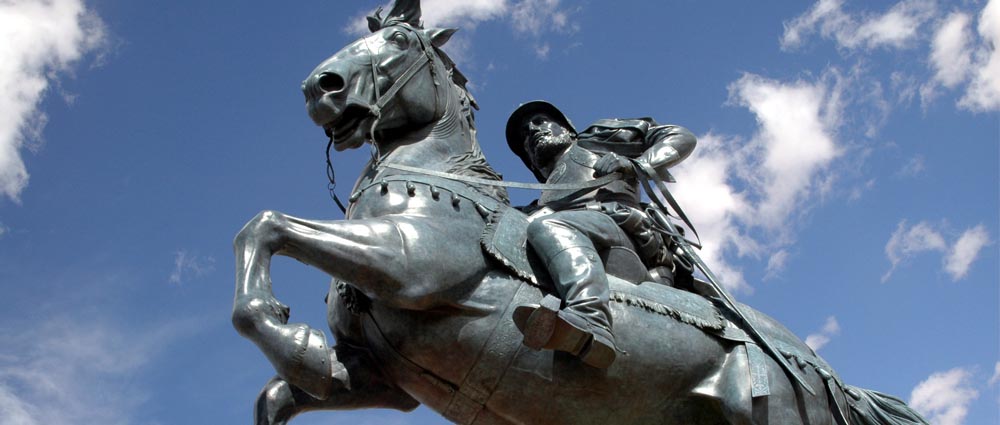
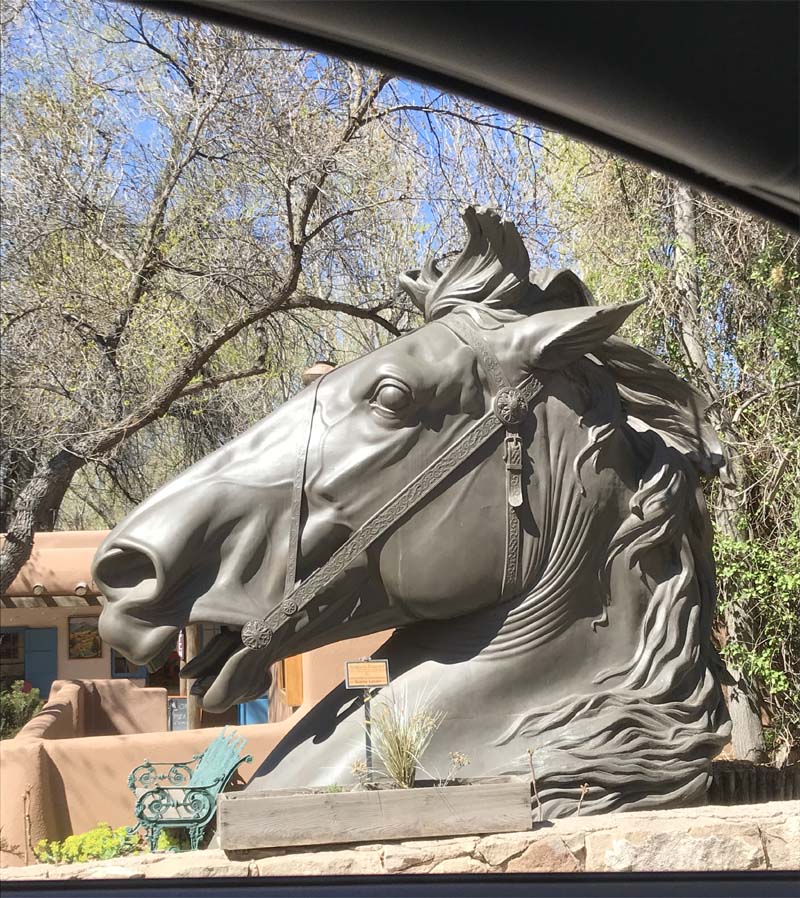
Monumental Onate horse head , Canyon Road, Santa Fe, New Mexico
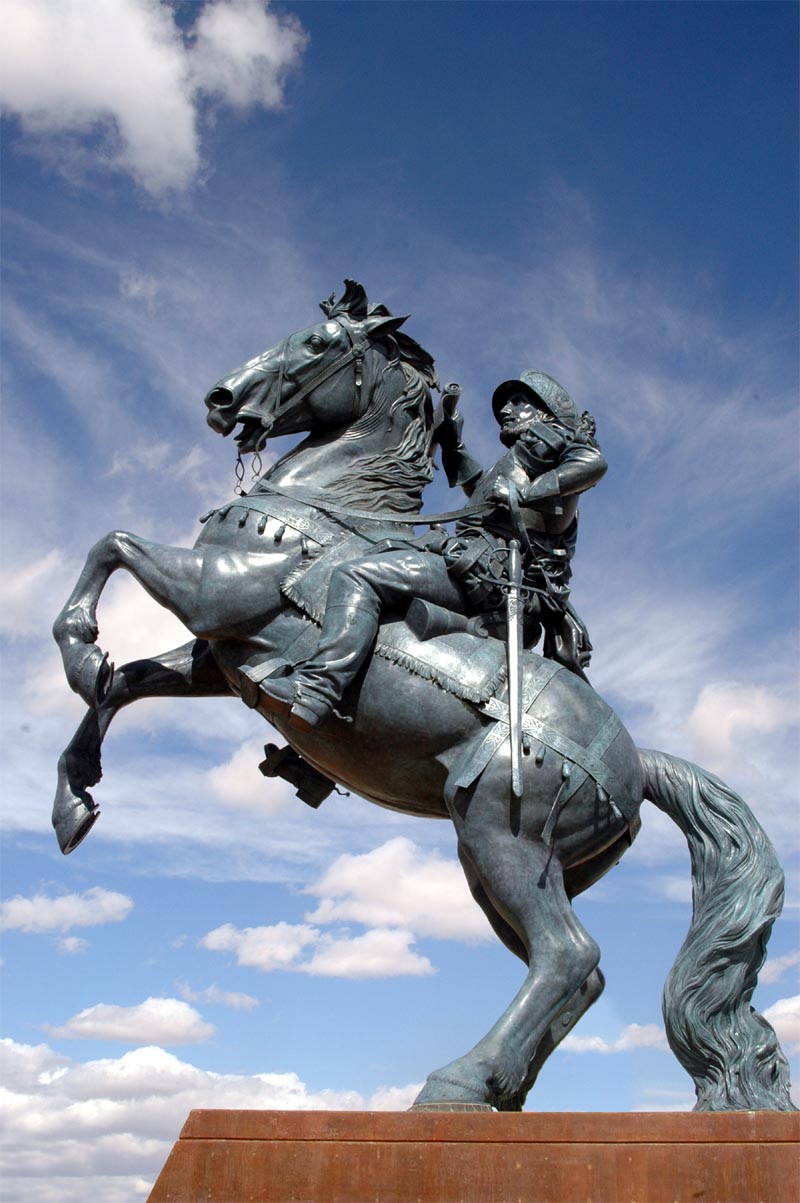
"The Equestrian"
The 36 foot monument was created for 6 years in a Mexico City Enlarging studio by the sculptors and a crew of 5 master craftsmen. In 11 months (2003- 2004) approximately 300 molds were sent in 17 shipments to Shidoni, Foundry in Tesuque, New Mexico. In February of 2006, large flat bed trucks transported the cast sections to Eagle Bronze Foundry in Lander, Wyoming for final assembly. The monument arrived in El Paso for storage in an El Paso airport hanger on April 28, 2006 to await the completion of the base. Installation was in September of 2006 and the international dedication took place on April 21, 2007.
Cost of the monument
Approximately 2 million dollars. The XII Travelers Memorial of the Southwest, a non-profit organization of volunteers, raised 1.3 million dollars from generous El Paso individuals, corporations and foundations, to include a major grant from the McKee Foundation. In November of 2003, the El Paso International Airport assumed the balance of $780,000.00 to complete the project. NO tax dollars funded the project. The monument was dedicated to R.E. and Evelyn McKee, pioneer El Pasoans who contributed greatly to the foundation upon which our city was built.
Equestrian Monument History
John Houser creates skeletal clay stallion
Maquette (model) approval by El Paso Mayor Carlos Ramirez and Council
Construction begins in Mexico City Enlarging Studio
4th EP City council amendment - extending construction
5th EP City Council amendment - extending construction
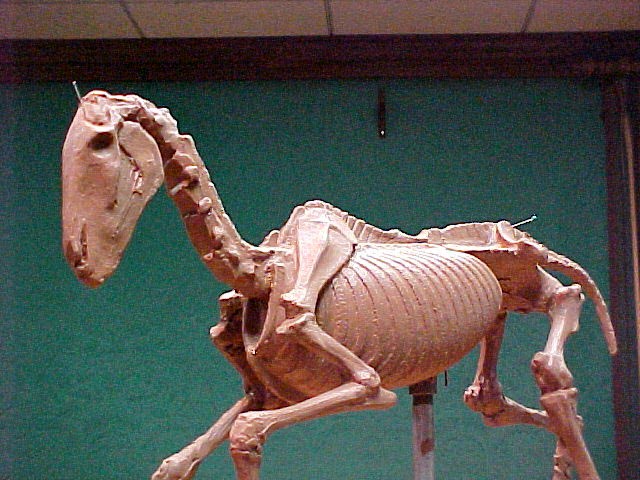
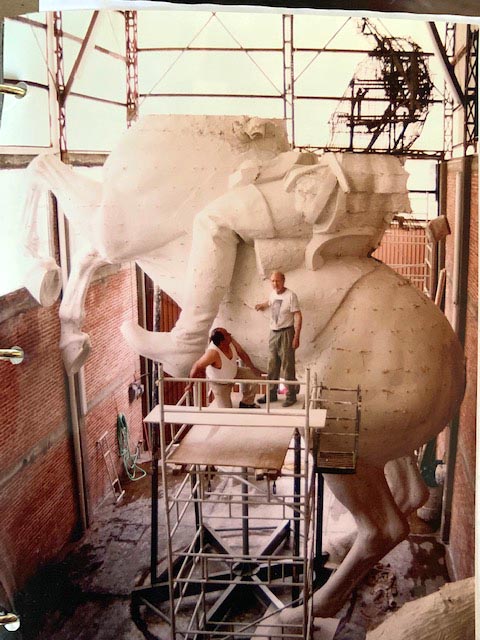
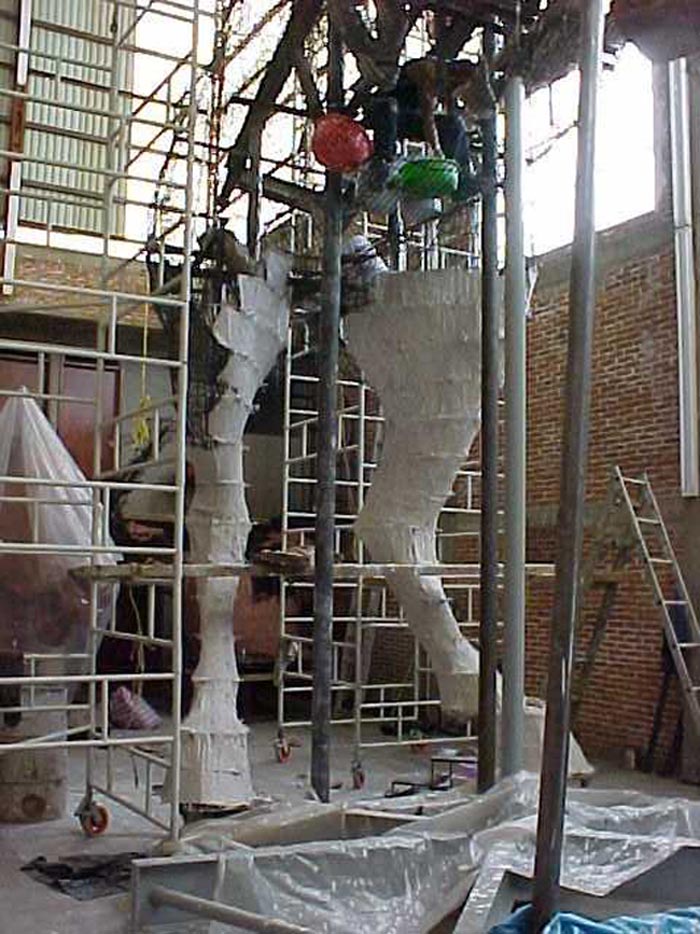
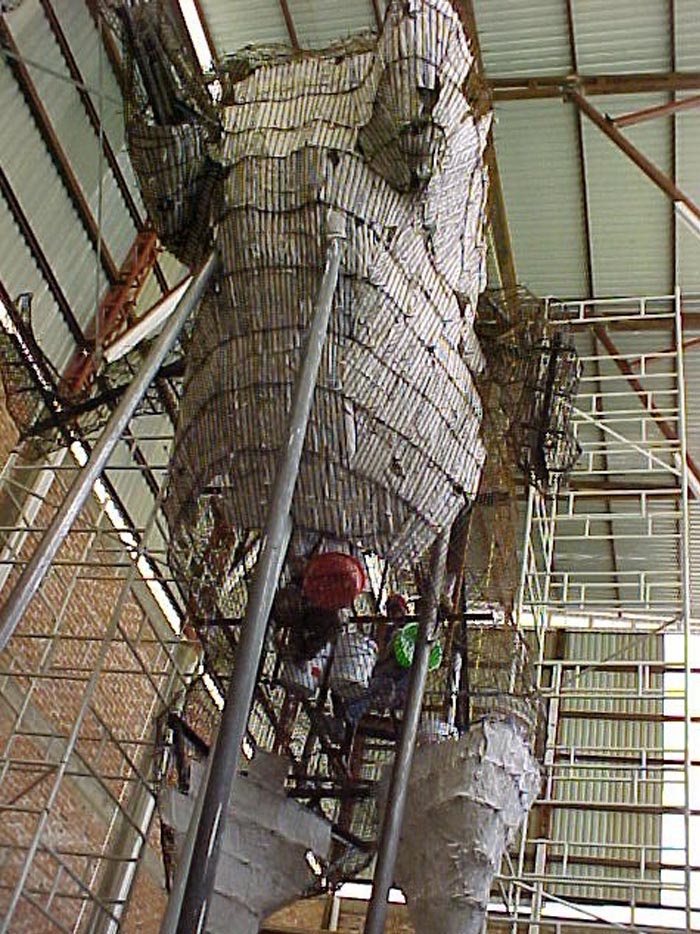
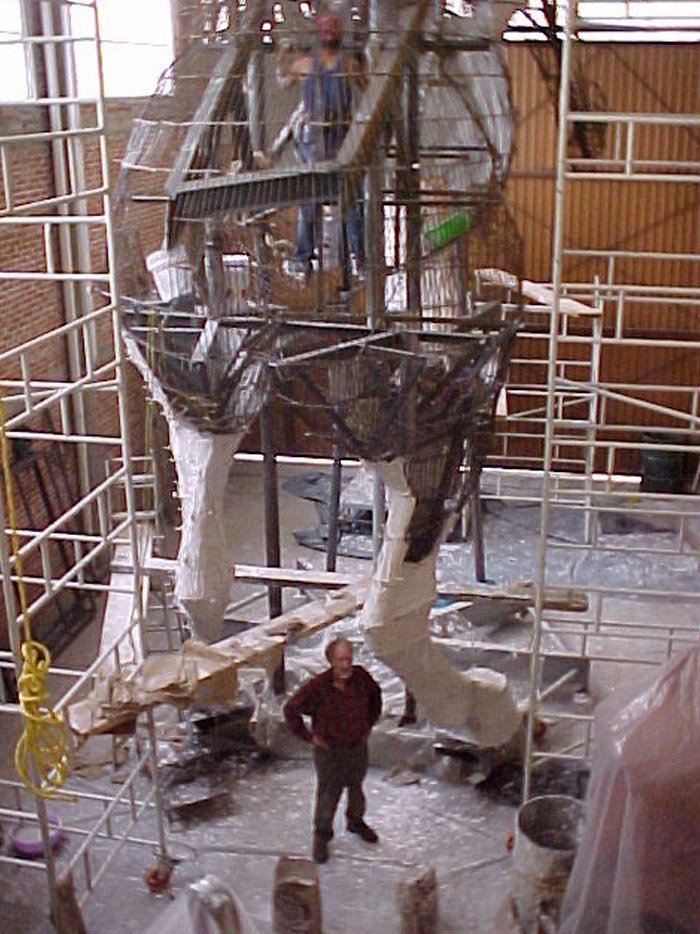
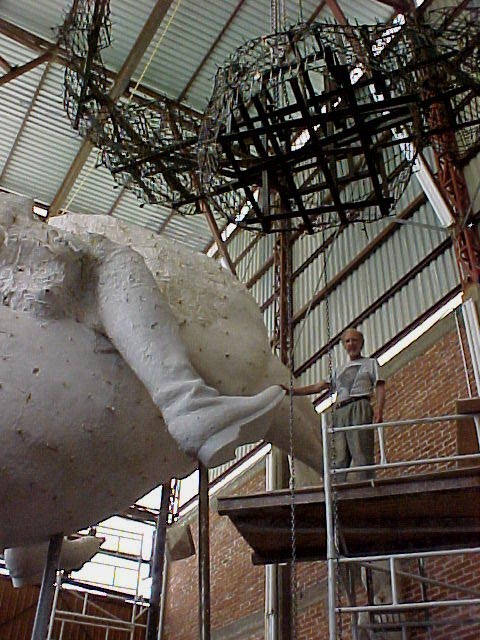
A lifesaver!
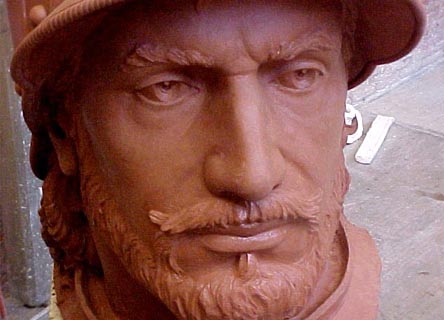
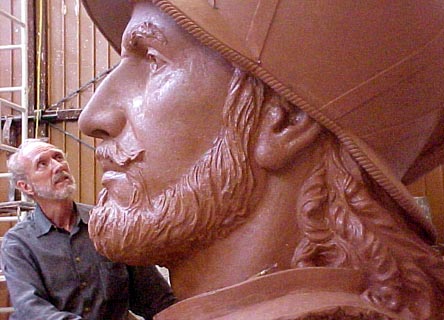
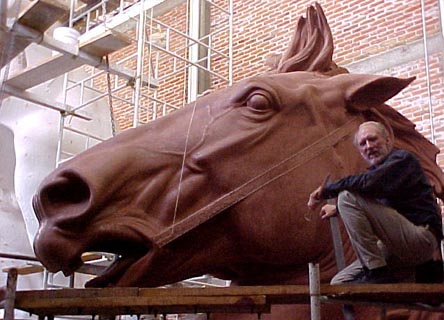
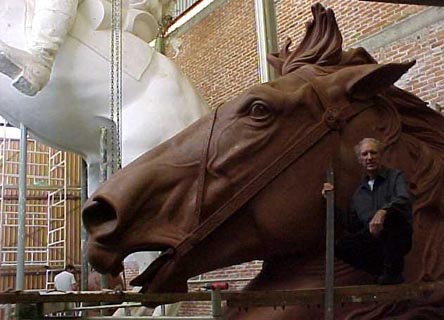
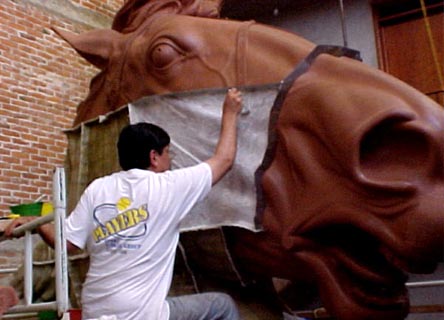
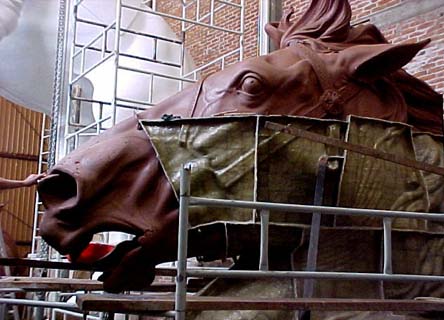
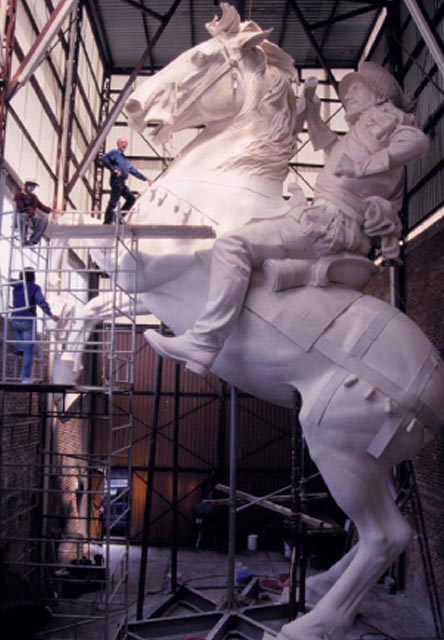
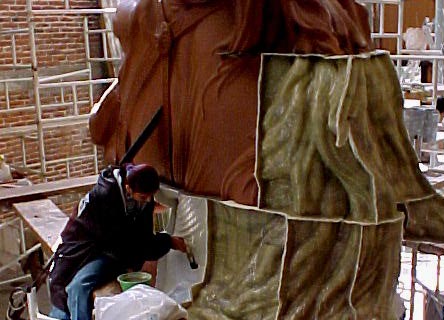
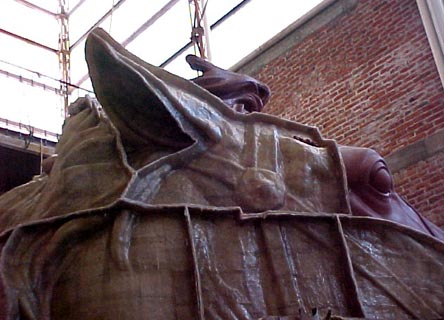
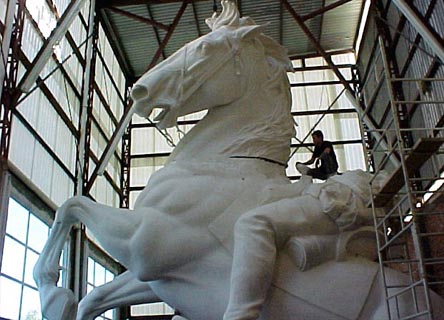
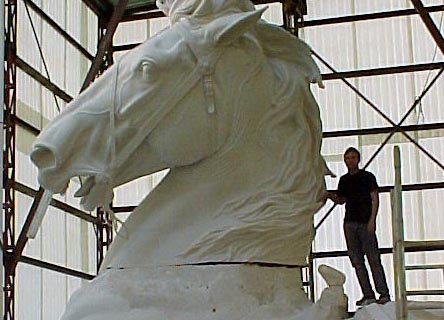
New York Times
Contract signed with Shidoni Foundry
- By Jody Schwartz, XII Travelers Board Member
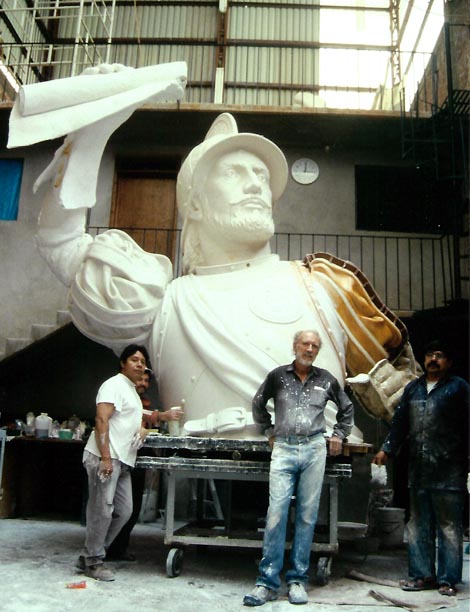
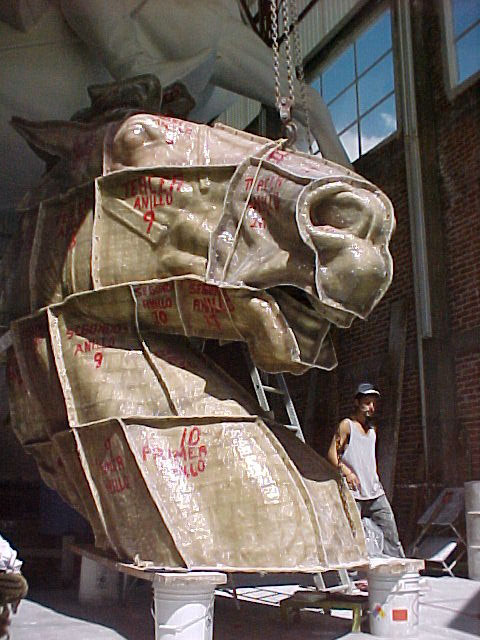
Molds are sent to Shidoni, Foundry in Tesuque, New Mexico.
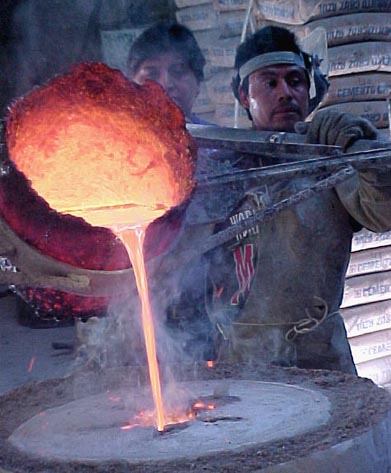
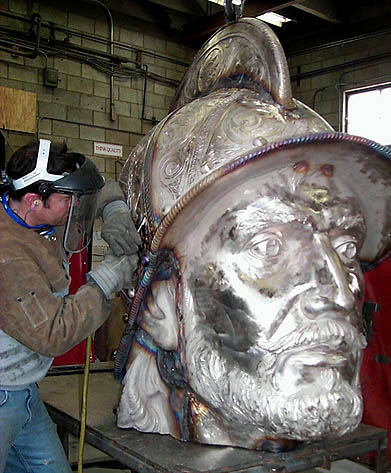
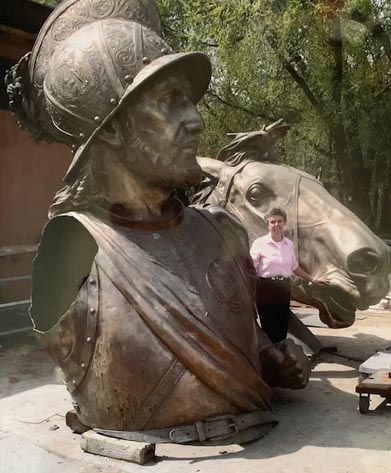
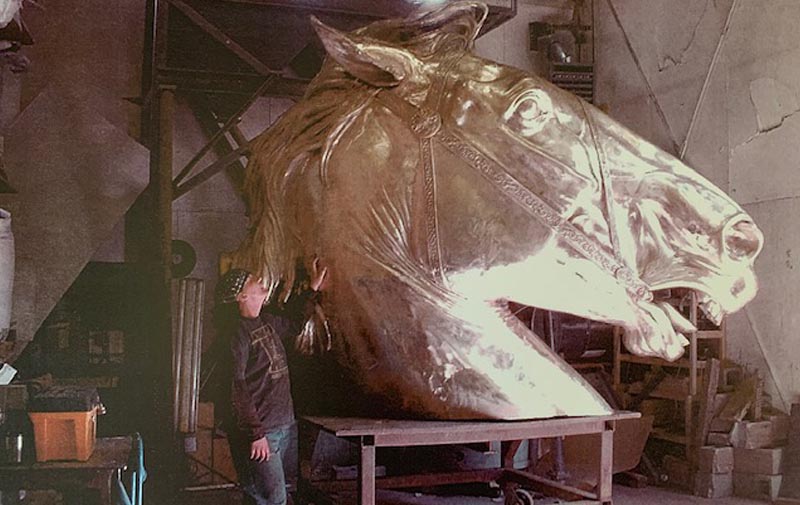
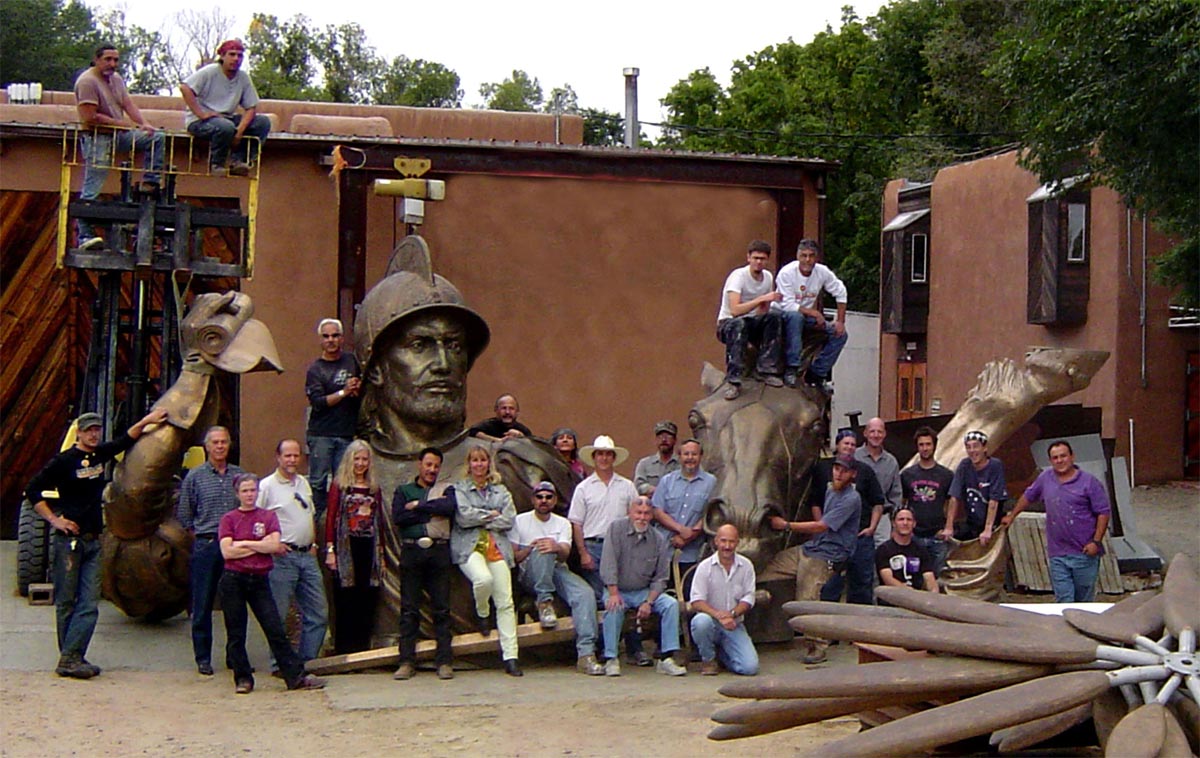
January 2006 - Eagle Bonze Foundry, Lander Wyoming, picks up and assembles 300 bronze casts
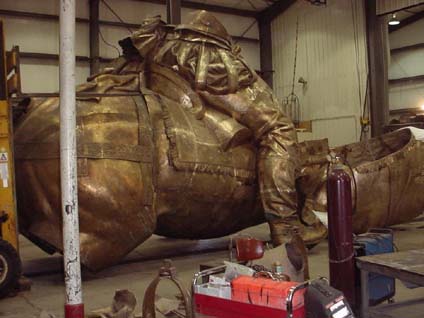
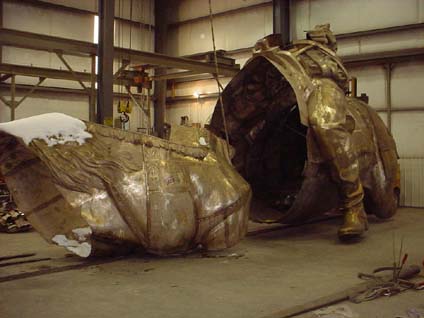
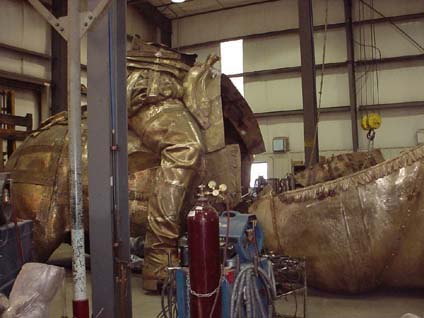
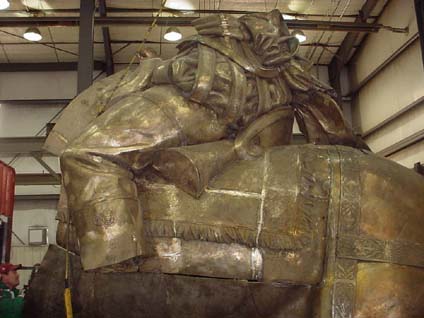
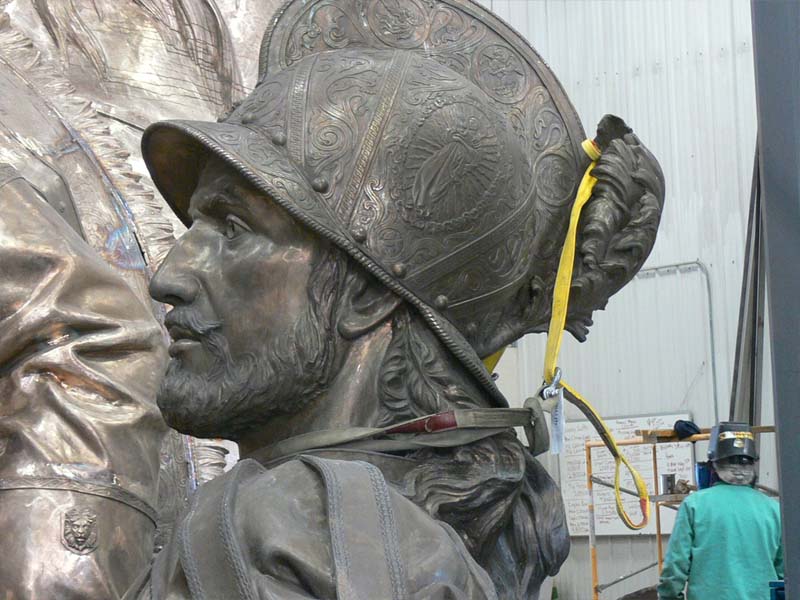
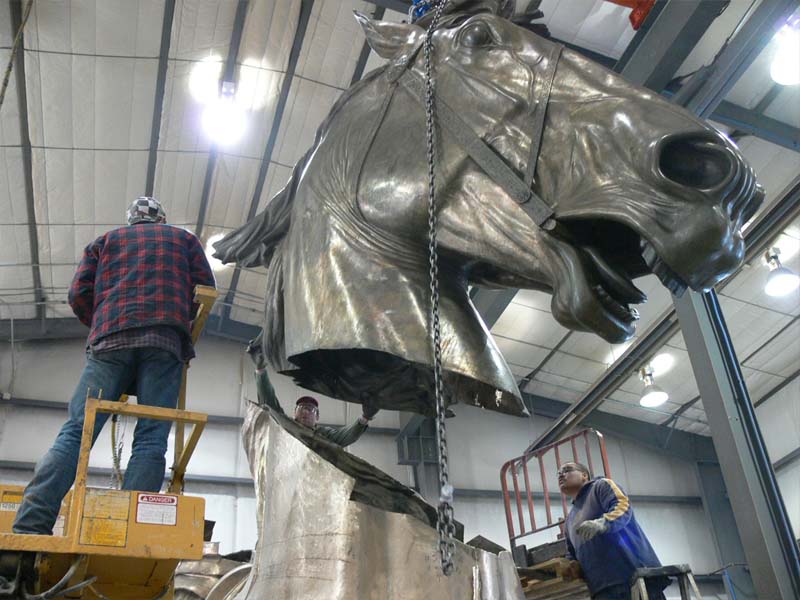
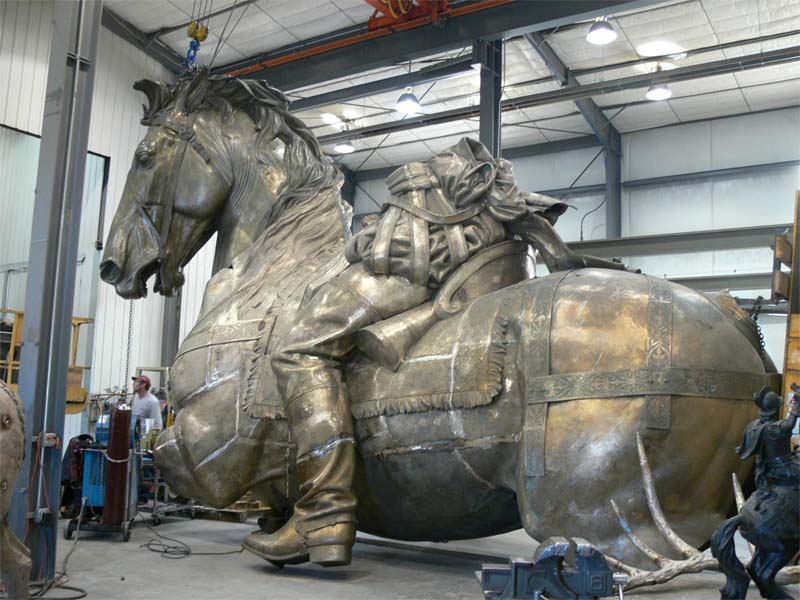
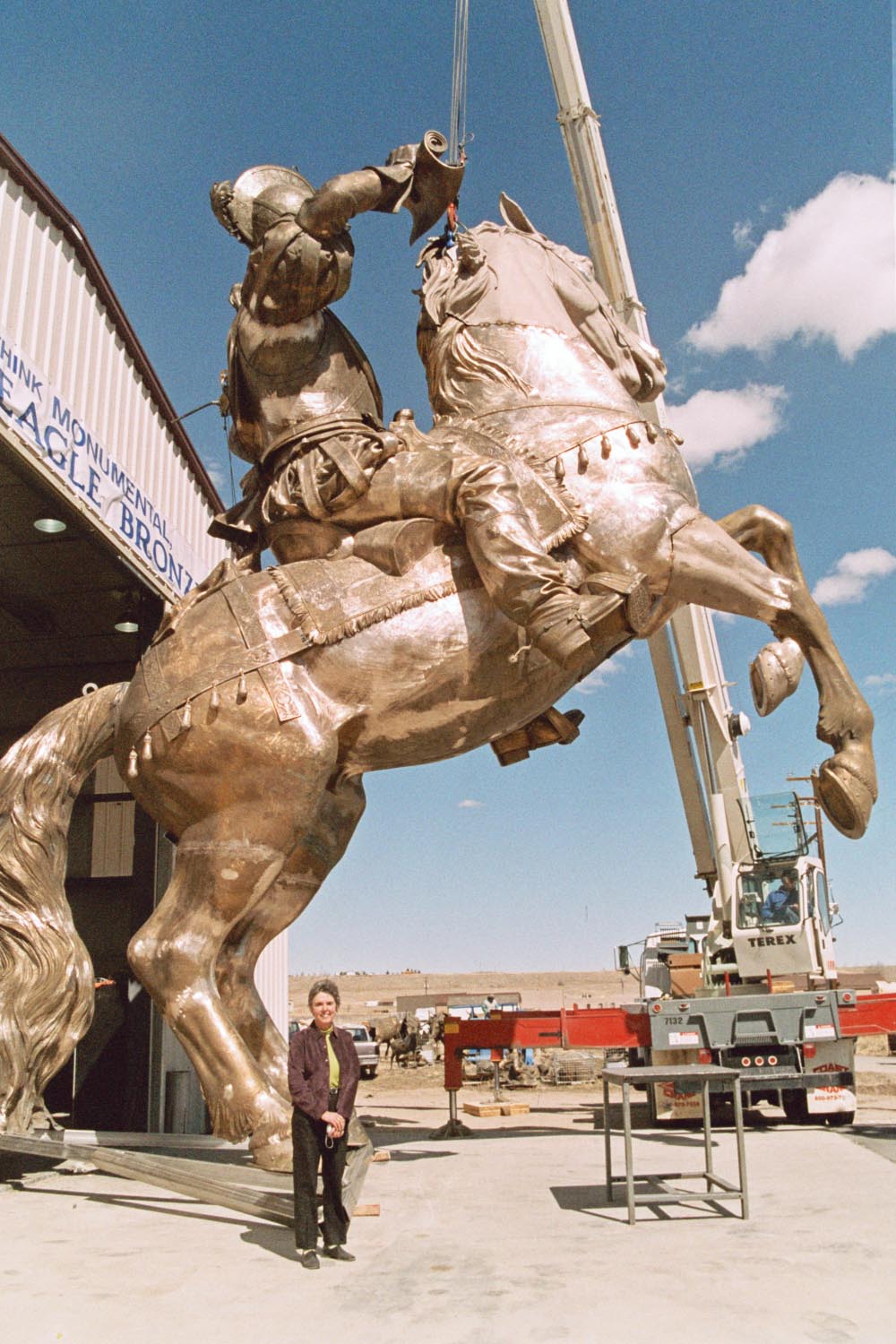
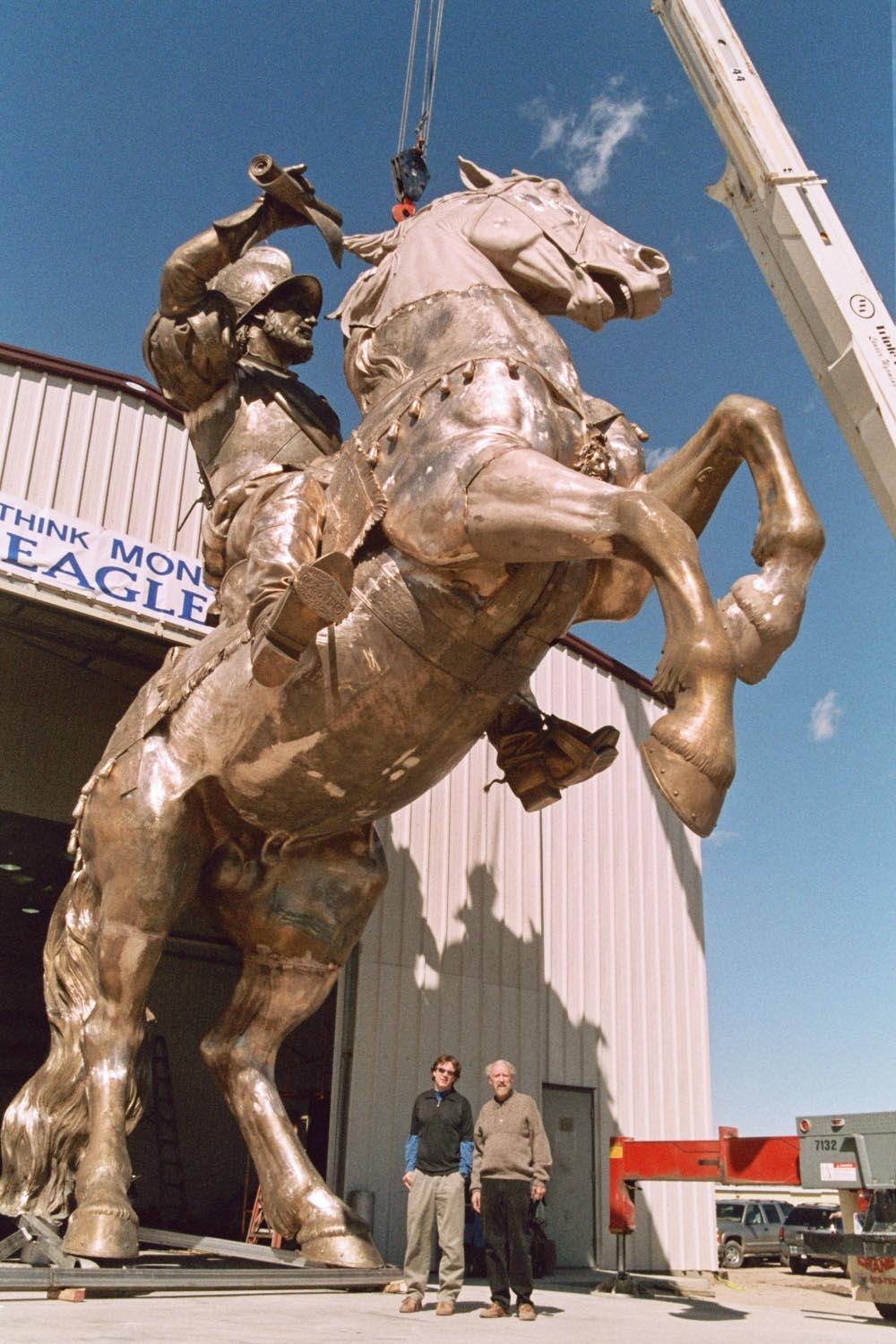
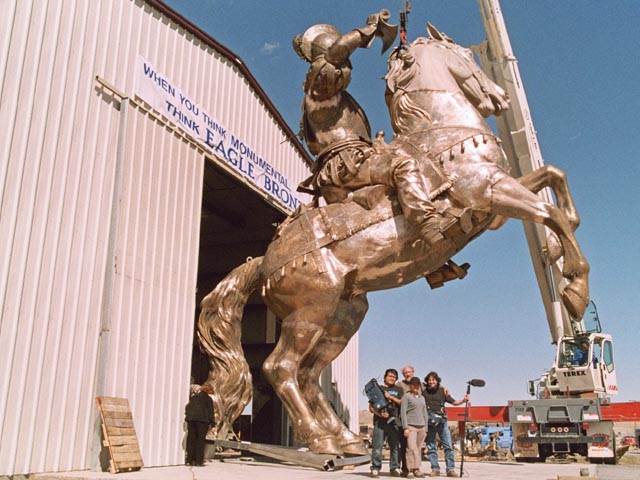
April 2006 - Bronze sections shipped to El Paso International Airport hanger for storage
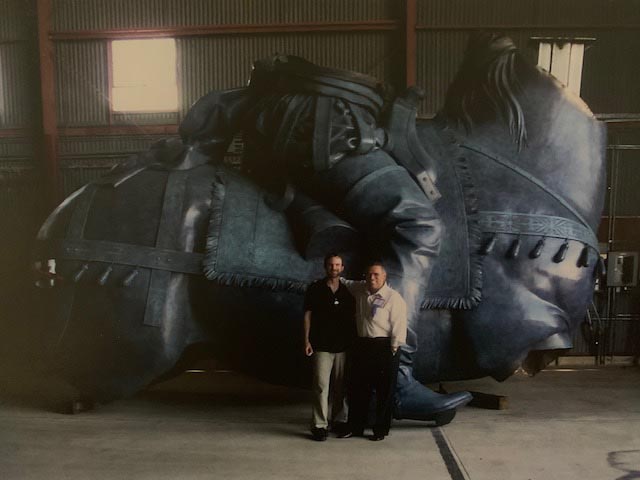
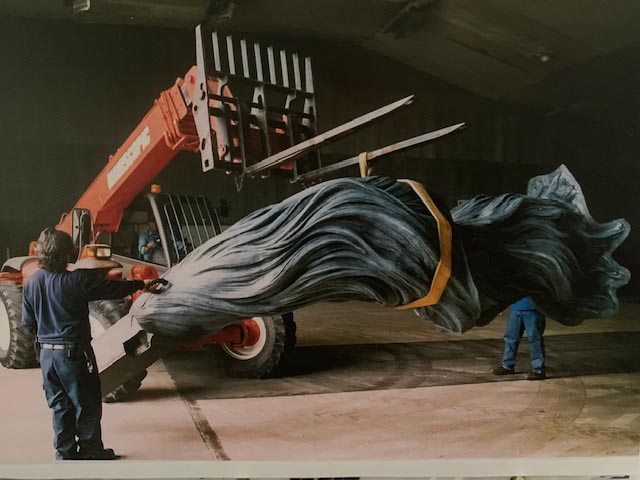
October 2006 - Eagle Bronze crew assembles monument on the 8 foot base
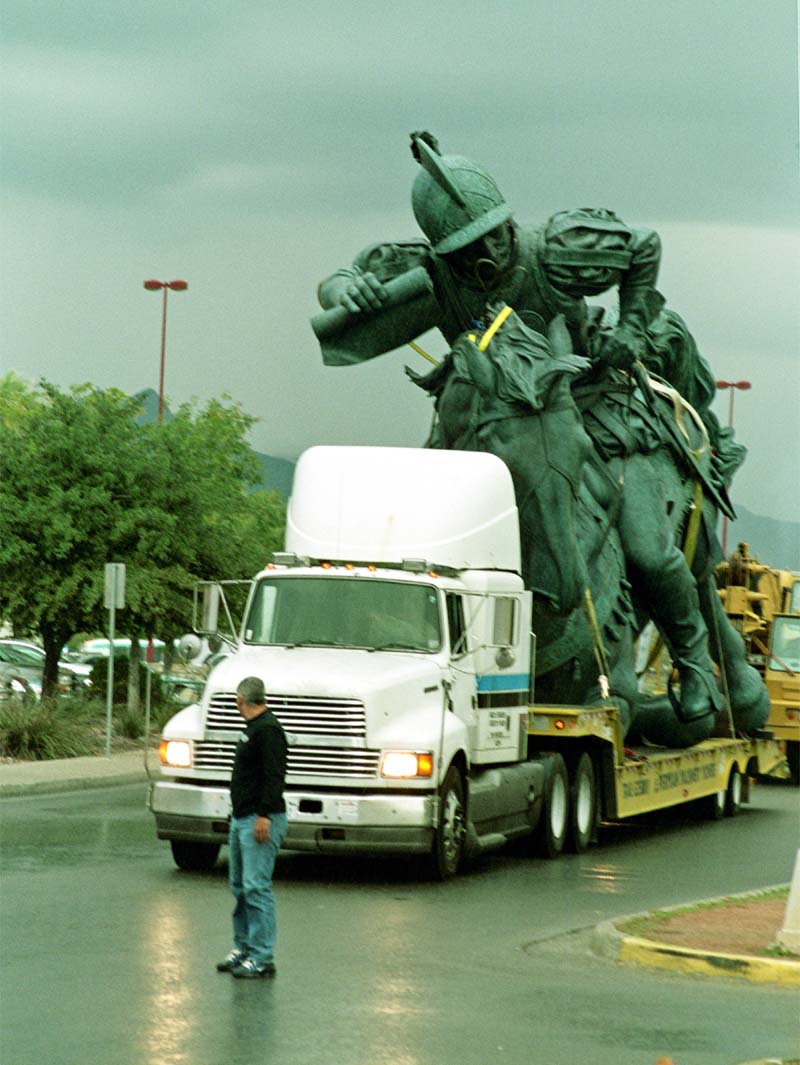
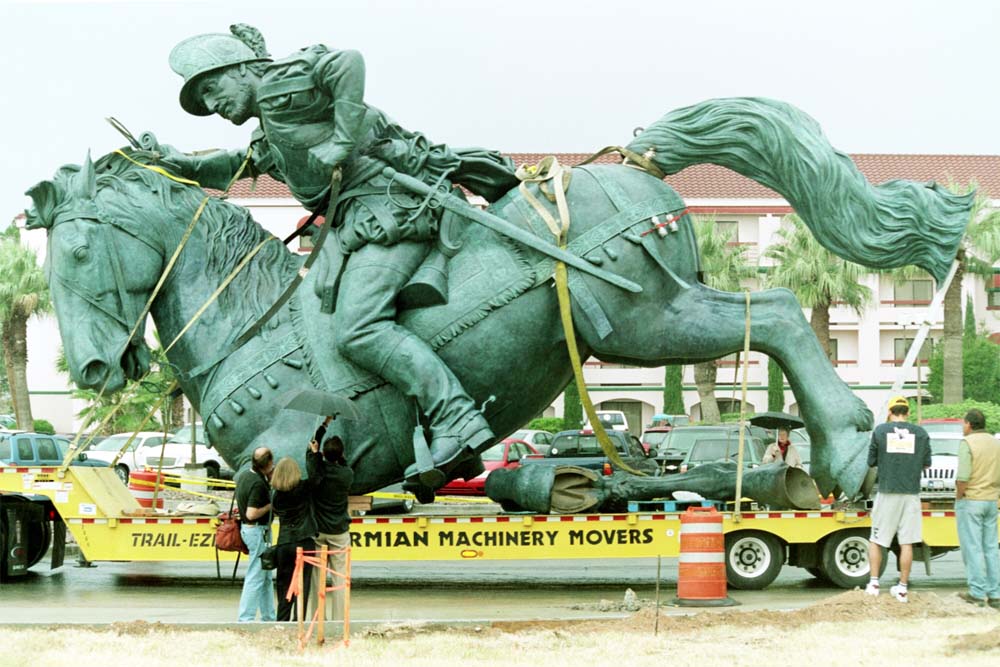
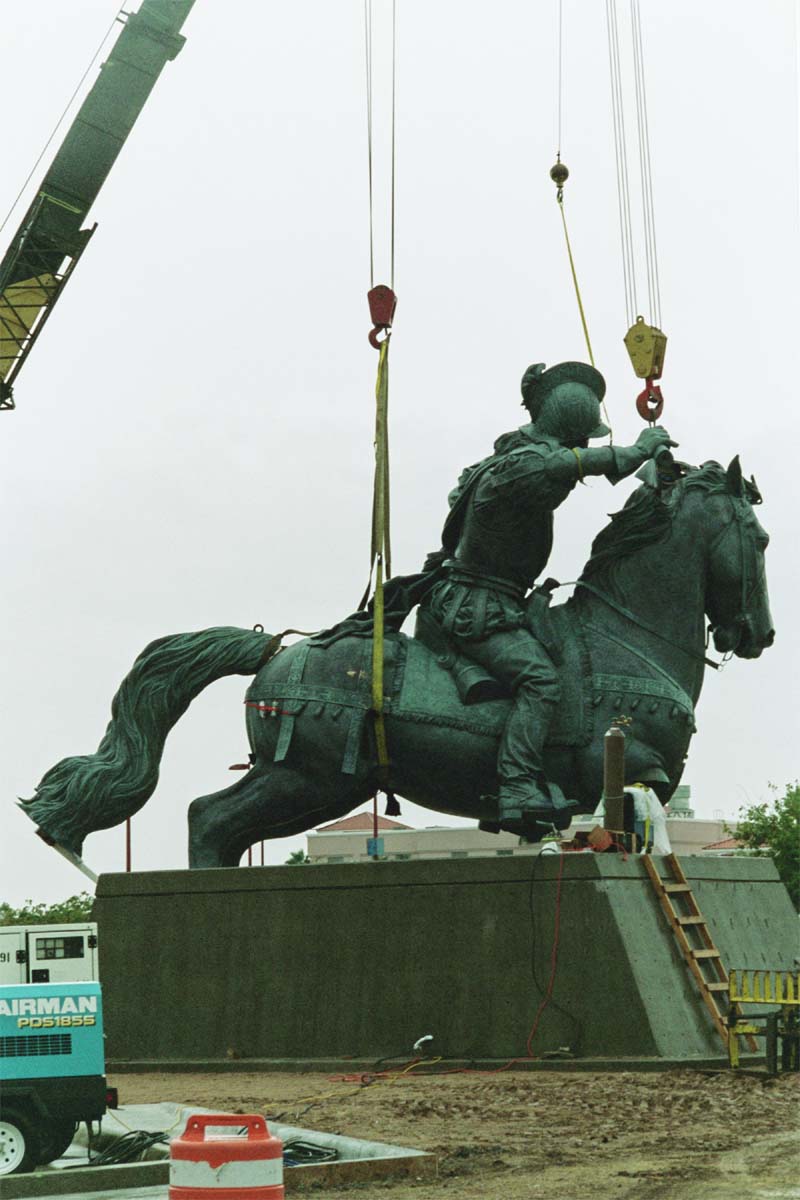
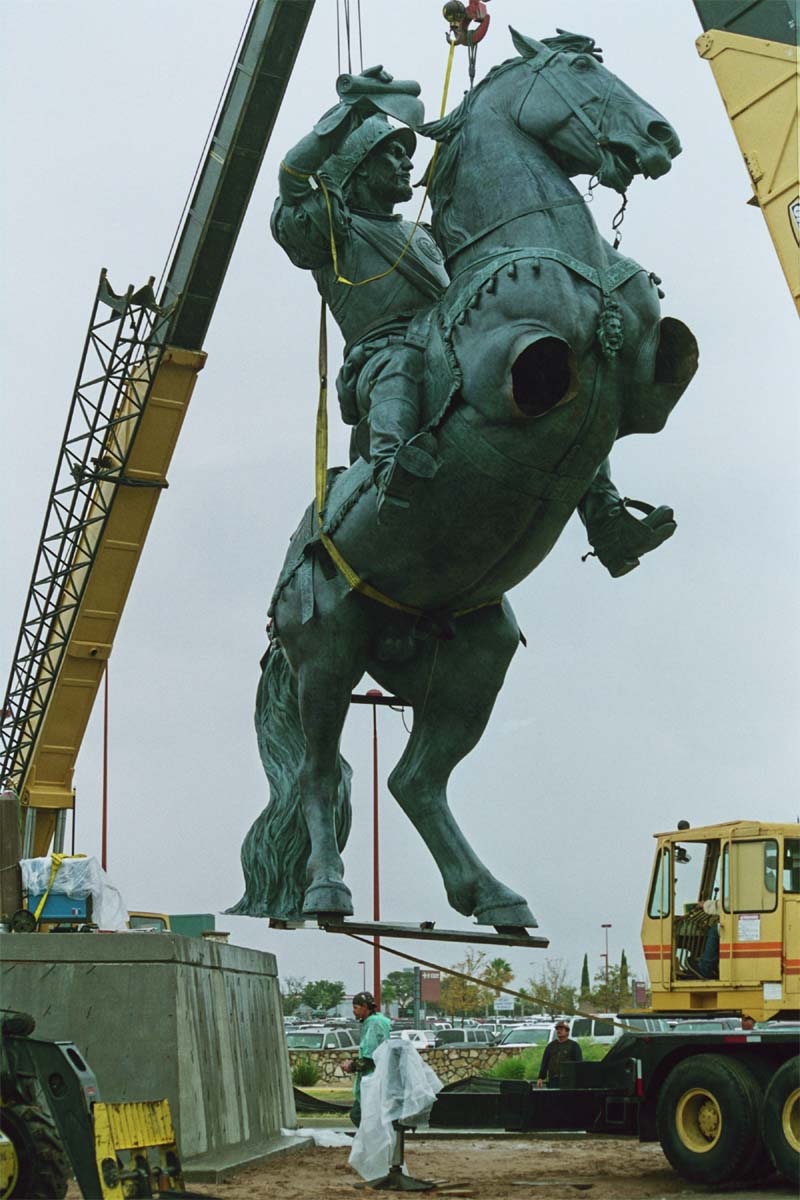
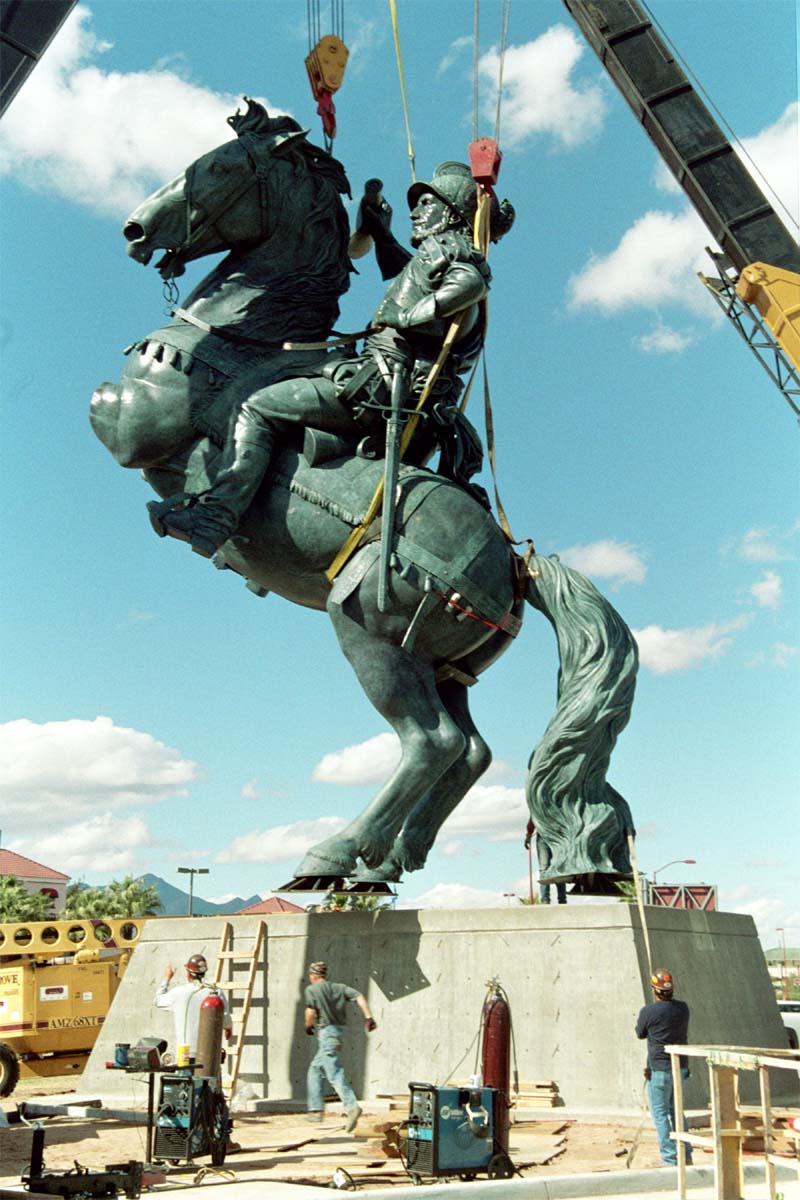
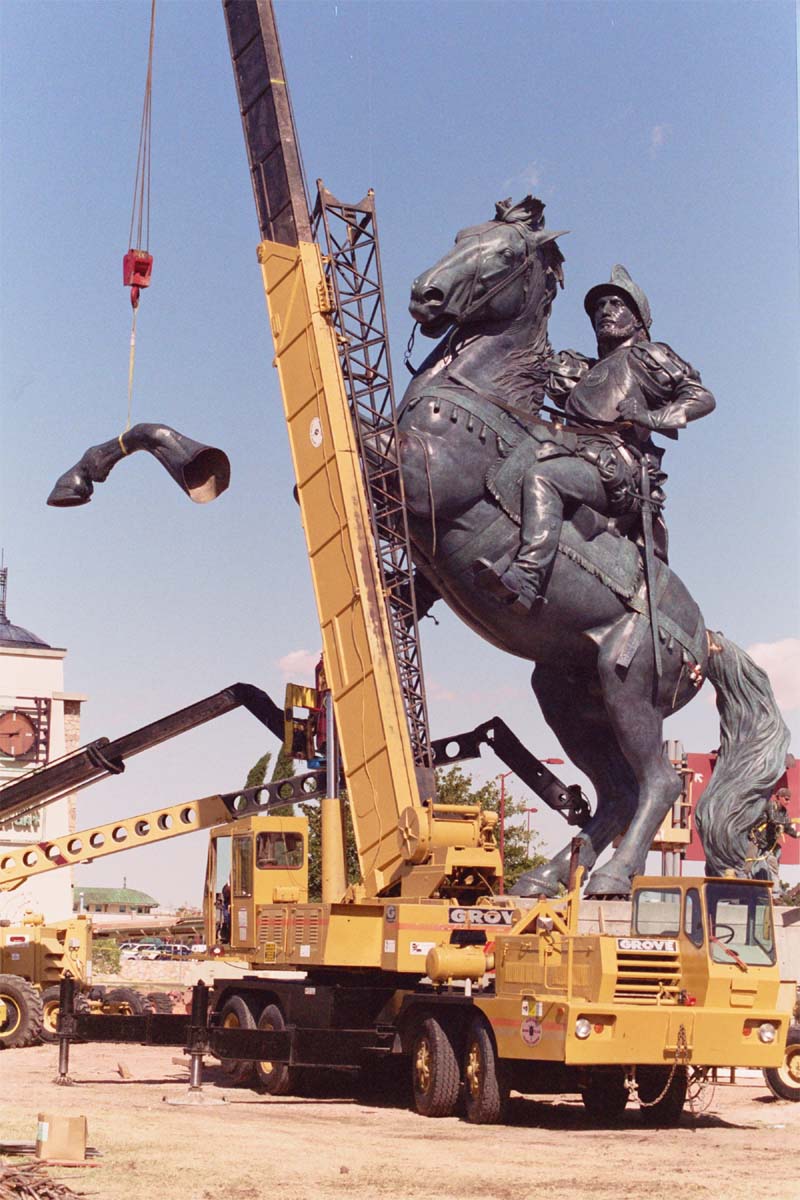
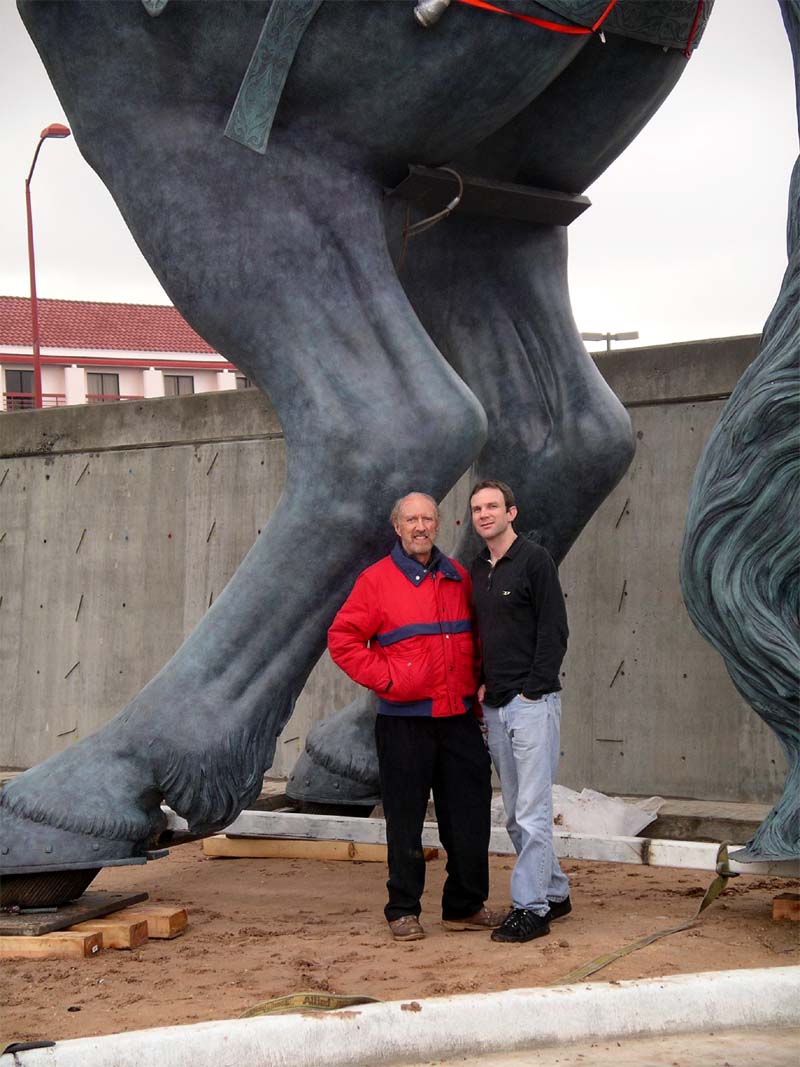
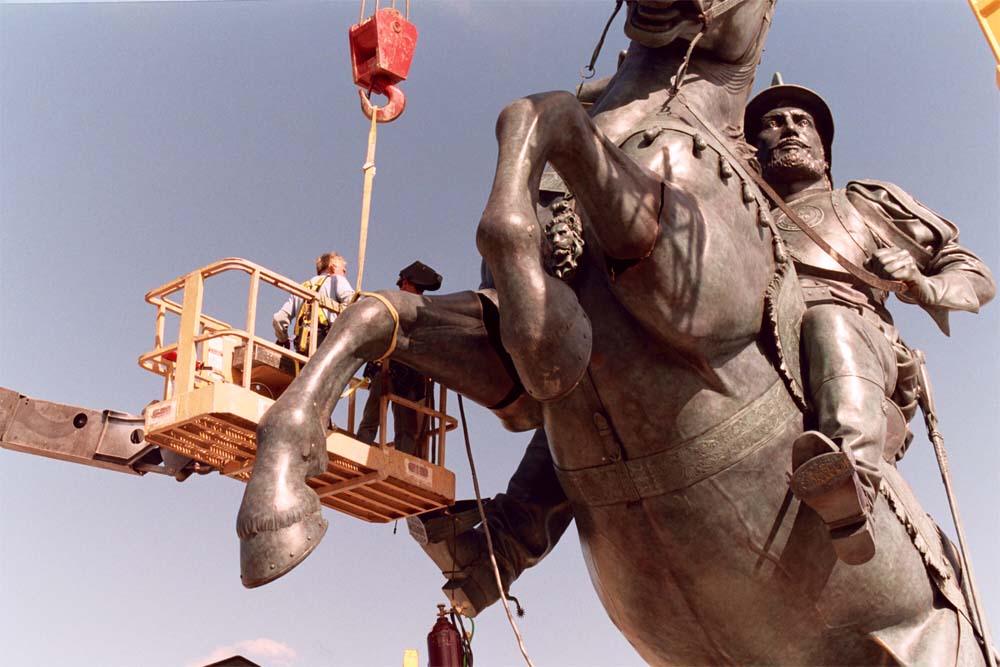
April 21, 2007 - International Dedication - El Paso International Airport
